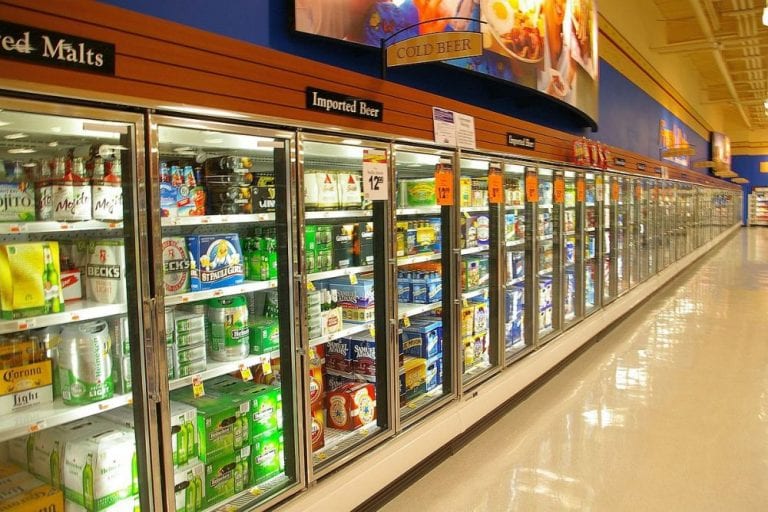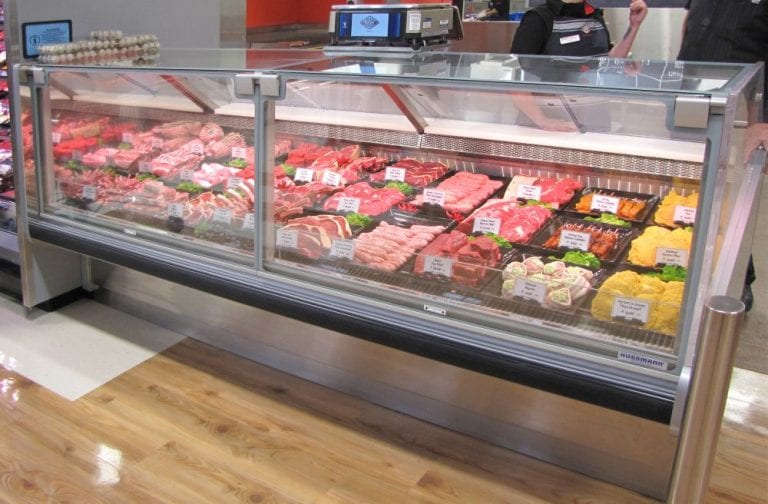Now, if you have ever visited a food business, you have surely seen those refrigerators that keep the food fresh and ready to use for long periods of time. And it is pretty simple how it comes to be – with the development of high-tech refrigerators comes the better performance. No matter if it is a catering business, a meat butchery or a wine shop there are many commercial refrigerating units for different types of use, and all work on the same principles.
The main way commercial refrigeration assures everything stays unspoiled and ready to use is by removing the heat from those products. This way both convenience and safety of the products is assured while minimizing the cost.
How Does It Work
There are a few things you might want to know when it comes to commercial refrigeration. First of all, on what principle does the cooling system work? That is pretty simple – its functioning is regulated by the Second Law of Thermodynamics. As the Second Law of Thermodynamics suggests when you place two objects one with different temperatures the colder one will attract the heat. Here the crucial element is refrigerant – it is based on the second principle of physics, where gasses are heated when compressed and cooled when expanded. How does this work practice? Well, the refrigeration systems use the refrigerant with the goal to transfer heat from the food that lies in the refrigeration unit to the solution. The solution is constantly cycling through different pressure areas, thus increasing the speed and efficiency of the refrigerating unit and keeping the food cold.

image source: wikipedia.org
But what refrigerant is used in the process? Before the regulations were changed, freon was one of the most popular both for refrigerating units and air-conditioning ones. The key was that Freon was pretty effective while not expensive. Soon though, multiple studies showed that it was doing no good to the Earth’s ozone, supposedly contributing to the ongoing climate change. Nowadays, most of the countries are going for the more eco-friendly refrigerants like tetrafluoromethane, that though a bit more expensive is safer and more efficient.
The Types Of Commercial Refrigerators
1. Commercial Merchandiser. First and foremost there comes the renowned merchandiser that you have surely run into while visiting food or beverage stores. It can fit multiple bottles or cans, and still has a great design that supports the product displaying. This commercial refrigeration unit usually has front ventilation and is opened using the sliding glass doors. Here retailers play with the mind of a specific customer, by usually presenting the soon-to-expire products in front, and leading them into buying it.
2. Ultimate Station. These are great for food stations like a sandwich bar or a pizzeria. With a big working area, it allows you both to use it as a kitchen table, while the needed ingredients are refrigerating below at the wire shelves. This type of refrigerator usually comes with a great temperature range, and though not always including front ventilation it is still an excellent choice for ones.
3. Commercial Bar. Easy for the workers to manage the products as well as for buyers to see what is left, this is an excellent unit that every bar should have. It is designed in a way that different drinks and other supplies can be stored, and it includes front ventilation. The most popular ones certainly are the wine and beer coolers.
4. The Mini-Reach In. This one has all the functions of a classic refrigerator but is just smaller and more convenient. It can be used as a freezer as well, and it is something every commercial kitchen would benefit of. Most of these can be easily moved around, and you can still use the top of the unit as a preparation table.
5. Classic Refrigerator. When it comes to the commercial refrigeration, this is a thing that first comes to your mind. With a large capacity, this is something every busy restaurant lies on as it can store various products that are still easy to reach when needed. It usually has the double-door option allowing for even more space, and two sections so that products can be stored at different temperatures. Convenient isn’t it?

image source: mcalpinehussmann.co.nz
Summary
The goal of this article was to give you at least a brief clue on how does the commercial refrigeration work, what are the benefits and why food/beverage businesses enjoy it. These units are surely a go-to option even for some bigger households, being much more time and energy efficient!
